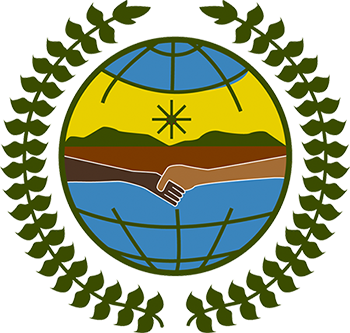Responses
The Government of Argentina states the following in its report (E/C.19/2006/4):
In the area of education the domestic laws concerning indigenous peoples are article 75, paragraph 17 of the National Constitution; Act No. 23,302; and the Federal Education Act No.24,195, particularly articles 5 and 34. Article 34 stipulates that the State shall promote programs in collaboration with the relevant authorities, to restore and strengthen indigenous languages and cultures, emphasizing their importance as a force for reintegration.
The National Institute for Indigenous Affairs (INAI) defined working guidelines designed to support intercultural education and aboriginal teaching methods, cultural revitalization and historical research activities to be undertaken by indigenous peoples themselves.
In the area of education the goal of INAI is to help strengthen intercultural bilingual education by implementing mother-tongue teaching projects, publishing bilingual materials for students in schools belonging to the national education system based on the experiences of each community or people. In accordance with the working guidelines, INAI runs a Program on Support for Intercultural Indigenous Education and a Program for the Teaching of Literacy in Indigenous Communities by Indigenous Teachers. Please see report for more details.
The Government of Mexico states the following in its report to the fifth session (E/C.19/2006/4/Add.3):The Government of Mexico states the following in its report to the fifth session (E/C.19/2006/4/Add.3):
The Coordinating Office for Intercultural Bilingual Education (CGEIB) carries out its activities in the framework of two new education policies:
(a) Promoting linguistically and culturally appropriate, high quality education for indigenous persons at all levels; and
(b) Strengthening the development of intercultural education for all.
These two commitments translate into actions, activities, and outputs related to the recommendations of the fourth session of the United Nations Permanent Forum on Indigenous Issues (E/2005/43), particularly those contained in paragraphs 48, 57, 93, 97, and 98 which concern efforts to spread awareness, recognition and appreciation of cultural diversity; in other words, to ensure inclusiveness, equity, equality and justice in interpersonal relations among people of different cultures and to promote mutual respect and understanding among these groups through intercutltural education. Please see report for more detailed implementation of paragraph 48 (a), (b), (c), (d), (e), (f), (g), (h), (i), (j), (k), (l), and (n) of the Forum.
 Welcome to the United Nations
Welcome to the United Nations
